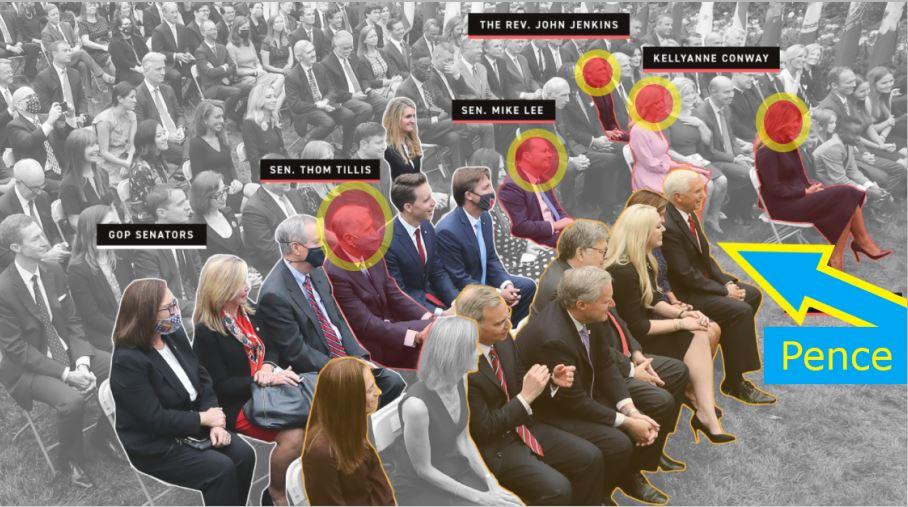Patrick Tucker
DefenseOne
May 7, 2014
Virtually every country on Earth will be able to build or acquire drones capable of firing missiles within the next ten years. Armed aerial drones will be used for targeted killings, terrorism and the government suppression of civil unrest. What’s worse, say experts, it’s too late for the United States to do anything about it.

After the past decade’s explosive growth, it may seem that theU.S. is the only country with missile-carrying drones. In fact, theU.S. is losing interest in further developing armed drone technology. The military plans to spend $2.4 billion on unmanned aerial vehicles, or UAVs, in 2015. That’s down considerably from the $5.7 billion that the military requested in the 2013 budget. Other countries, conversely, have shown growing interest in making unmanned robot technology as deadly as possible. Only a handful of countries have armed flying drones today, including the U.S., United Kingdom, Israel, China and (possibly) Iran, Pakistan and Russia. Other countries want them, including South Africa and India. So far, 23 countries have developed or are developing armed drones, according to a recent report from the RAND organization. It’s only a matter of time before the lethal technology spreads, several experts say.
“Once countries like China start exporting these, they’re going to be everywhere really quickly. Within the next 10 years, every country will have these,” Noel Sharkey, a robotics and artificial intelligence professor from the University of Sheffield, told Defense One. “There’s nothing illegal about these unless you use them to attack other countries. Anything you can [legally] do with a fighter jet, you can do with a drone.”
Sam Brannen, who analyzes drones as a senior fellow at the Center for Strategic and International Studies’ International Security Program, agreed with the timeline with some caveats. Within five years, he said, every country could have access to the equivalent of an armed UAV, like General Atomics’ Predator, which fires Hellfire missiles. He suggested five to 10 years as a more appropriate date for the global spread of heavier, longer range “hunter-killer” aircraft, like the MQ-9 Reaper. “It’s fair to say that the U.S. is leading now in the state of the art on the high end [UAVs]” such as the RQ-170.
The Emergency Election Sale is now live! Get 30% to 60% off our most popular products today!



